When it comes to browsers in Linux, the popular choice is Firefox. Beside Firefox we will explore other browsers for your Linux distribution in this article.
1. Firefox
Firefox is a well known open source browser installed directly or in-directly on many systems. It is provided by Mozilla foundation. Latest Firefox version(95) comes with a new UI and modern look. Firefox is built upon Gecko engine.
Features
- Clean and modern interface
- Cross platform
- Picture-in-picture mode
- DNS over HTTPS
- Many extensions to enhance it for your needs
- Autoplay blocking
- Blocks social trackers
- In-browser screenshot tool
- Primary password
- Integrated Mozilla VPN into Firefox containers
Firefox comes installed in many distributions by default. If it’s not, you can install it in Ubuntu with sudo apt install firefox and Manjaro/Arch.
sudo pacman -S firefox2. Firefox developer edition
Mozilla provides a Firefox developer edition too for testing new features. It is provided in the official community repository in Manjaro/Arch.
sudo pacman -S firefox-developer-edition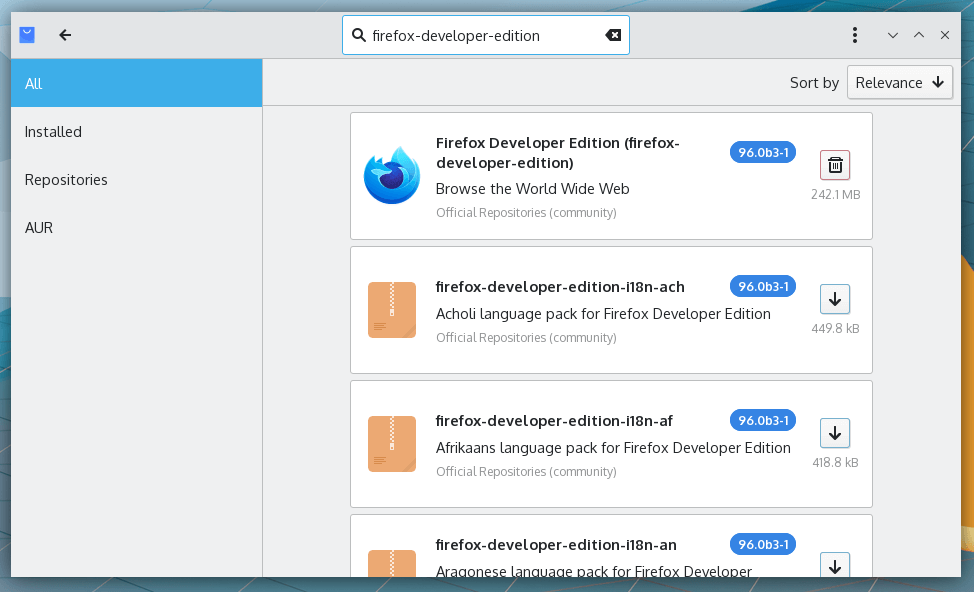
3. Chromium
Chromium is the open source project behind Google Chrome. Blink is the engine which powers Chromium.
It is available in the extra repository for Manjaro/Arch.
sudo pacman -S chromium4. Waterfox
Waterfox is a fork of Firefox with privacy in mind.
Features
- No telemetry
- Limited data collection
- Private tab
- Easy localization
5. LibreWolf
LibreWolf is a fork of Firefox as stated on it’s website.
A fork of Firefox, focused on privacy, security and freedom
Features
- No telemetry
- Private search
- Content blocker(uBlock-origin)
You can install it in Manjaro/Arch from AUR repository.
yay -S librewolf-bin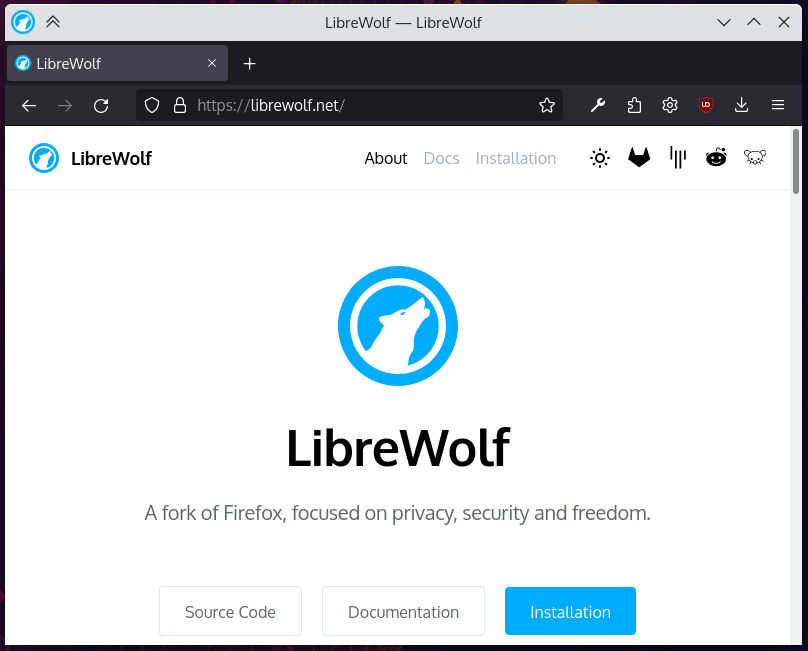
6. Pale moon
Pale moon is an open source browser for Linux and Windows platforms built on Goanna engine.
Features
- Privacy-aware
- Support NPAPI plugins like Silverlight, Flash and Java
- Superior gradients and fonts
- Support for full themes
You can install it in Manjaro/Arch from official community repository.
sudo pacman -S palemoon-bin7. GNOME web
GNOME web(formerly Epiphany[code name]) comes with GNOME desktop across multiple distributions. It is built upon WebKit engine.
Features
- GNOME and Pantheon desktop close integration
- Built-in adblocker enabled by default
- Intelligent tracking prevention
- No useless widgets or wasted space
sudo pacman -S epiphany8. Falkon
Falkon is a KDE project, which is not updated for sometime. It lacks some basic features too compare to other mainstream browsers.
sudo pacman -S falkon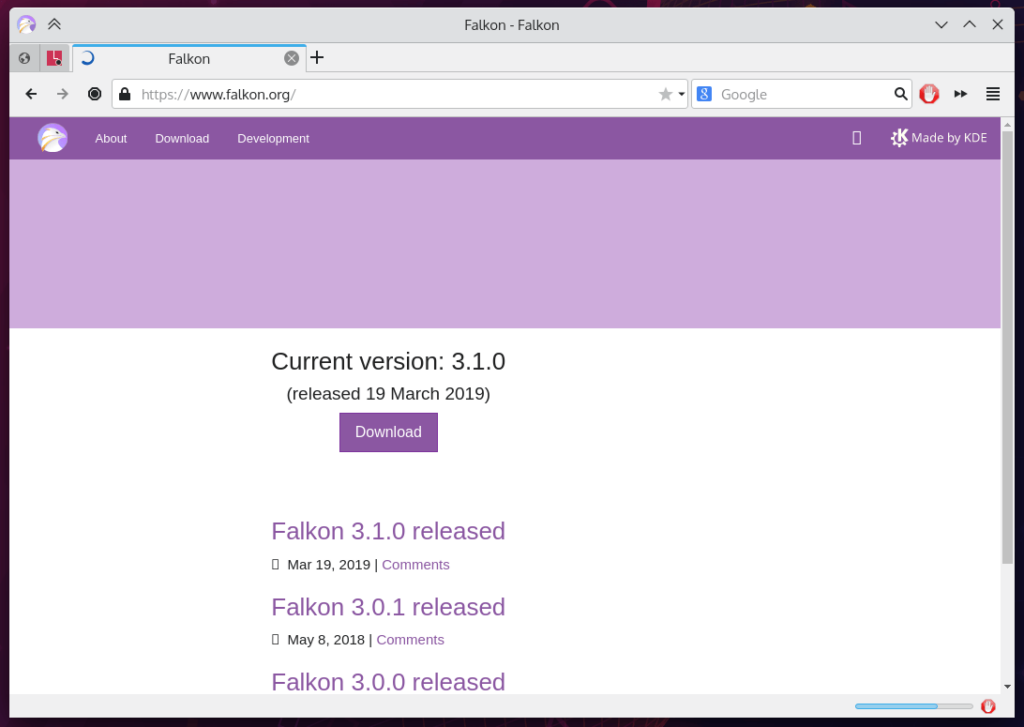
9. Midori
Midori was a lightweight browser with clean and simple UI. After switching to Electron, it’s not light anymore. WebKitGTK and Electron both versions seems to be abandoned.
sudo pacman -S midori10. Konqueror
Konqueror is developed by KDE too just like Falkon, but is maintained. It is built on KHTML engine from KDE.
Features
- File management using most of Dolphin’s features
- File management on ftp and sftp servers
- Embedded applications to preview files
- Tight integration with KDE apps
sudo pacman -S konqueror11. SeaMonkey
SeaMonkey is a Gecko based browser, which borrows most of the source code from Firefox. It is actively maintained and provides a stable base from Firefox ESR(Extended support release).
sudo pacman -S seamonkey12. Slimjet
Slimjet(SlimBrowser) is based on Blink engine used by Google Chrome.
Features
- Built-in ad blocker
- Download YouTube videos
- Photo framing
- Download manager
- URL alias support
- Online video recorder
- Support for mouse gestures
13. Lynx
Lynx is a text-based browser available for all Linux distributions.
It does not support JavaScript, render images or videos. But provides a way to render them via external apps.
If you want only text-based rendering, fast loading, low bandwidth consumption, Lynx is the browser to use.
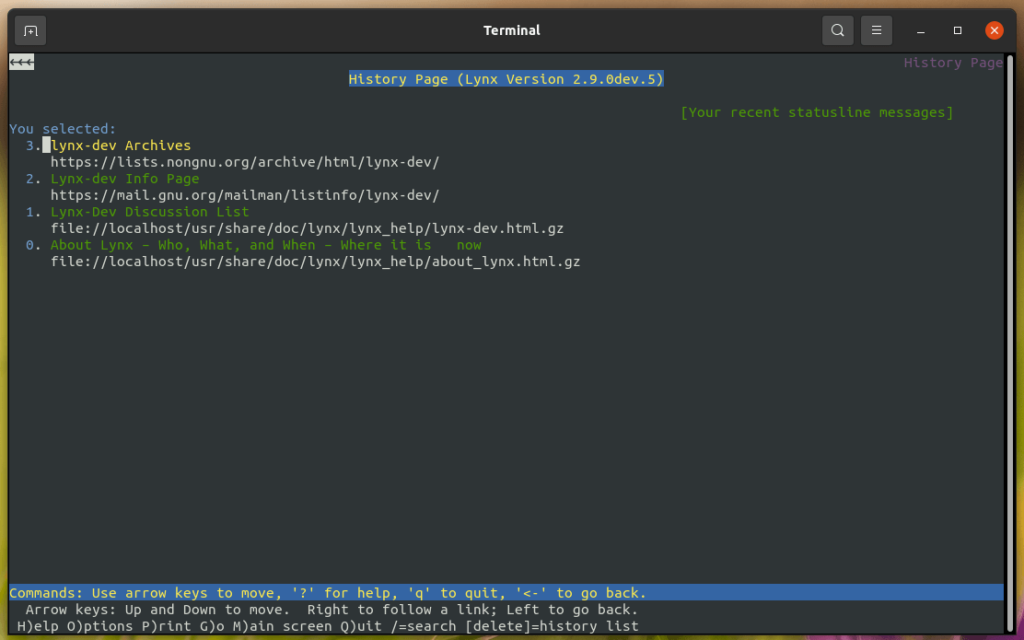
Ubuntu
sudo apt install lynxManjaro/Arch
sudo pacman -S lynx14. GNU Icecat
Icecat(IceWeasel) is a free and open source browser based on Mozilla Gecko engine. It is not updated for sometime.
15. Tor browser
Tor browser is popular among users who wants anonymity. All the traffic goes through different Tor nodes to keep the user identity hidden.
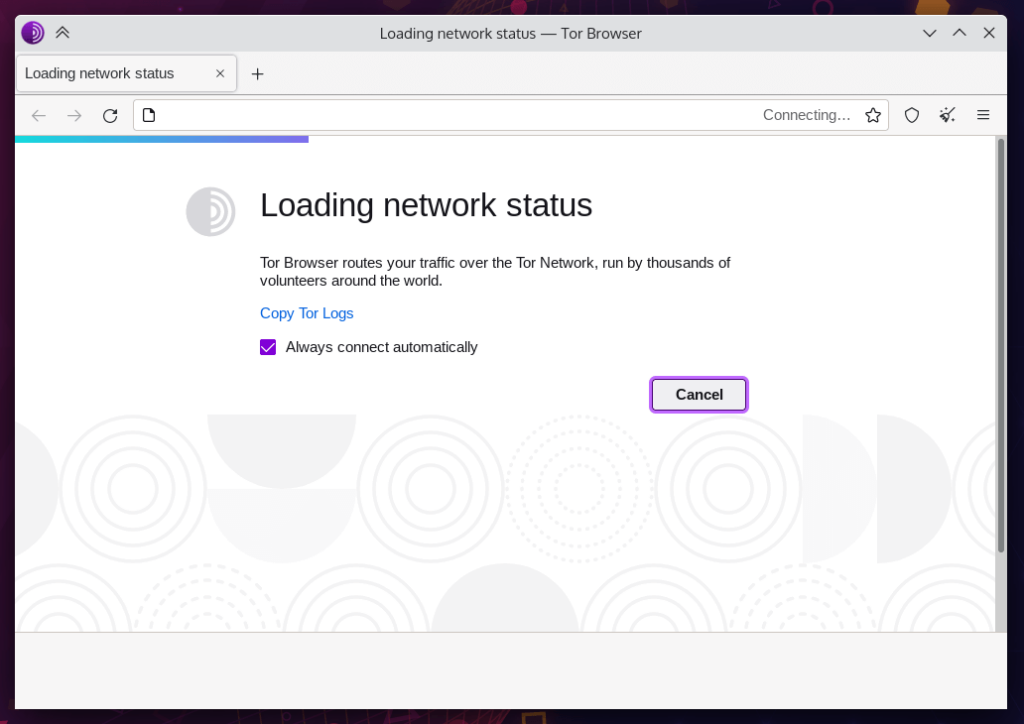
You can install the launcher from official repository.
sudo pacman -S torbrowser-launcherOr download it directly from it’s website.
16. Vivaldi
Vivaldi is a freeware and source code is not available for anyone. It is founded after Opera browser. It provides some unique features like Mail, Notes, VPN etc within the browser.
sudo pacman -S vivaldi17. Google chrome
Google chrome is developed by Google and was built on WebKit initially. It was later forked by Google and created a new engine called Blink. The open source version of Chrome is chromium. As it is from Google, which can give you an idea of tight integration of Google services in it.
18. Opera
Opera is an old browser and was quite popular in Linux world in the early days. It was built on Presto engine and then switched to Blink from Google. It is not open source though.
sudo pacman -S opera19. Microsoft edge
Edge is provided by Microsoft. It uses Blink engine now, but it is still a proprietary software.
Recently Microsoft launched it for Linux too, which is still in beta.
20. Brave
Brave is another browser in the list which uses Blink and is open source. It has some unique features integrated in it.
- Guardian firewall
- Search
- Wallet
- Talk
- Swap
- Shields
sudo pacman -S brave-browserBrave swap created a lot of controversy when it was 1st launched. There are still doubts from Linux users over Brave ethics. I personally do not use it and haven’t try it.
That is quite an impressive list to be honest for Linux distributions. You have more choices including closed source and freeware.
You may have noticed that most if not all uses either Mozilla Gecko or Google Blink engine. But despite that it is good to see many options available for end users.






